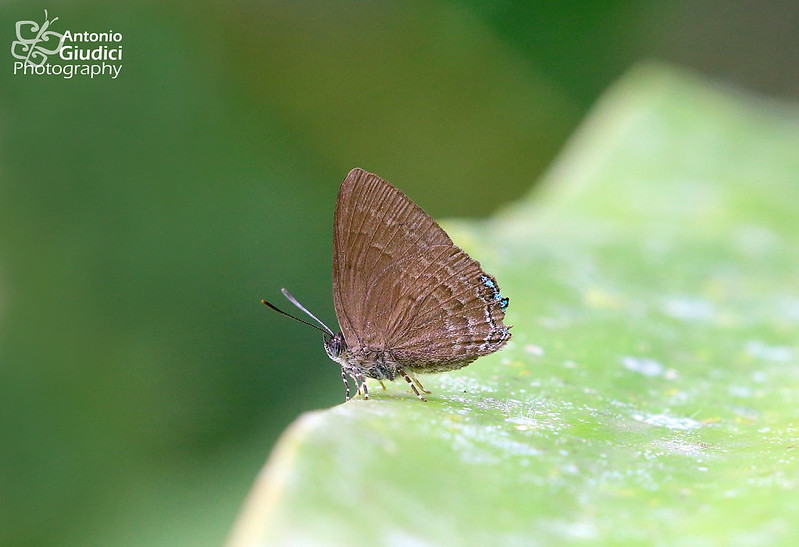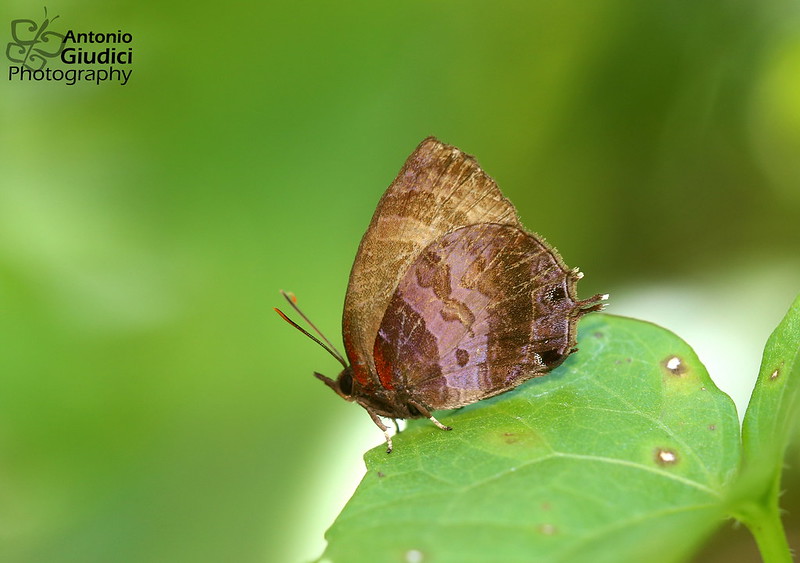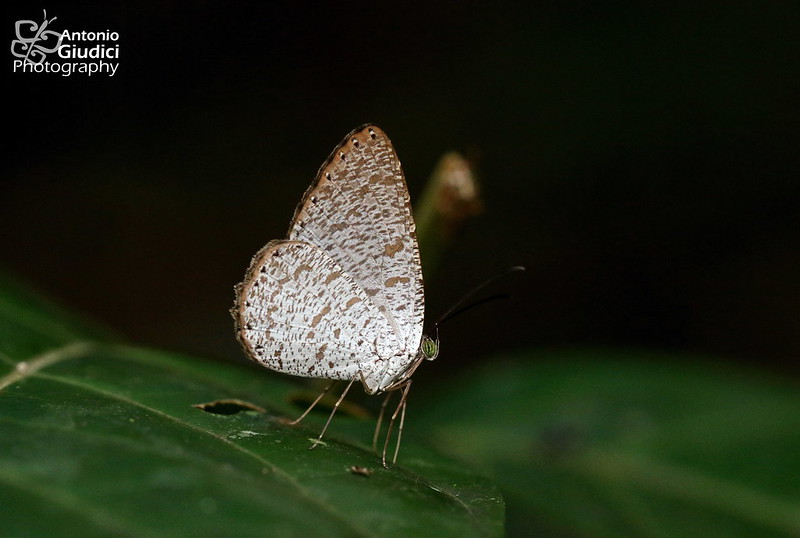
Originally Posted by
Painted Jezebel

Thanks for the above (post 40).
You're in luck! Yesterday, I had a long chat with Stefan Schroeder, who is co-authoring a full review of Jamides, along with Tennent, Cassidy & Rawlings, and we discussed my recent trip (each year he spends part of the family holiday over here and we always meet up). He is also very interested in the Nacaduba and I mentioned N. normani, and he got rather excited (as it is rare, and is one of the few species for which he, personally, needs a specimen) before he remembered that I only took photos. He did mention, however, that N. normani is very small, compared to other species. This stuck in my mind, and I remember that it was not particularly small. It makes me doubt N. normani.
By the way, I asked whether any revisions in the paper involved species from Malaysia or Thailand, and he said not that he remembered.







 Reply With Quote
Reply With Quote




